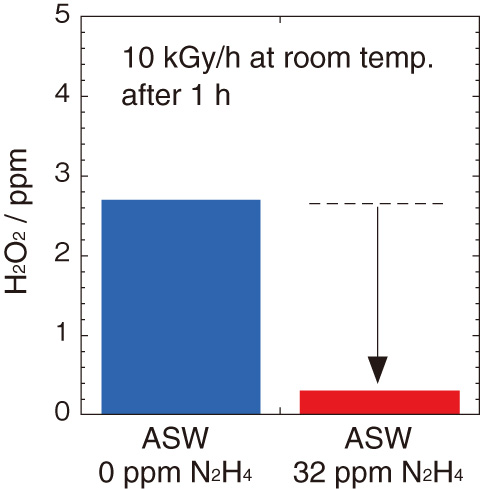
Fig.1-24 Analyses of the dissolved oxygen (DO) concentration in water

Fig.1-25 Changes in dissolved oxygen concentration with γ-ray irradiation

Fig.1-26 Inhibition of hydrogen peroxide (H2O2) production
At the TEPCO’s Fukushima Daiichi NPS (1F), the cooling functions of the spent fuel pools (SFPs) failed with the loss of the electric power supply, so sea water was injected into the SFPs of 1F2–1F4 by fire trucks as an emergency measure for avoiding fuel exposure to the air.
Although the corrosion of metallic materials in SFPs is normally prevented by the circulation of purified water, accelerated corrosion is a matter of concern in the case of water mixed with seawater. For example, the SFPs’ water might leak owing to localized corrosion (e.g., pitting corrosion, crevice corrosion) of the stainless steel used as a liner material.
As a measure for inhibiting corrosion, hydrazine is generally used as an inhibitor for boiler systems. Therefore, it was also injected into the SFPs of 1F to remove dissolved oxygen (DO), which accelerates corrosion. It is well known that hydrazine can easily remove DO in hot water (over 200 ºC), although it was unknown whether hydrazine can remove DO in water mixed with seawater at room temperature and under a radiation environment.
Therefore, we evaluated the removal of DO by adding hydrazine to artificial seawater (ASW) using a Co-60 γ-ray source to simulate the conditions in the SFPs.
The DO concentration in ASW containing 32 ppm of hydrazine was measured before and after 1 h of irradiation at a dose rate of 7.5 kGy/h. In this measurement, a coloring reagent was used, which darkened in color with increasing DO concentration, as shown in Fig.1-24.
As a result, as shown in Fig.1-25, for the sample that was not irradiated, the decrease in DO concentration was minimal. In contrast, the DO concentration in the sample exposed to γ-ray radiation decreased significantly.
This result showed that hydrazine injected into SFP water mixed with seawater could effectively remove DO even under a low temperature condition with γ-rays radiated from spent fuels. Moreover, we found that the addition of hydrazine could reduce hydrogen peroxide, which was generated by water radiolysis and is, like DO, a corrosive species (Fig.1-26).
The above results demonstrate that DO and hydrogen peroxide could be removed by hydrazine addition and irradiation, and it is expected that corrosion of metallic materials in the SFPs could be inhibited.
On the basis of this research, hydrazine has been periodically injected into the SFPs of 1F to inhibit corrosion.